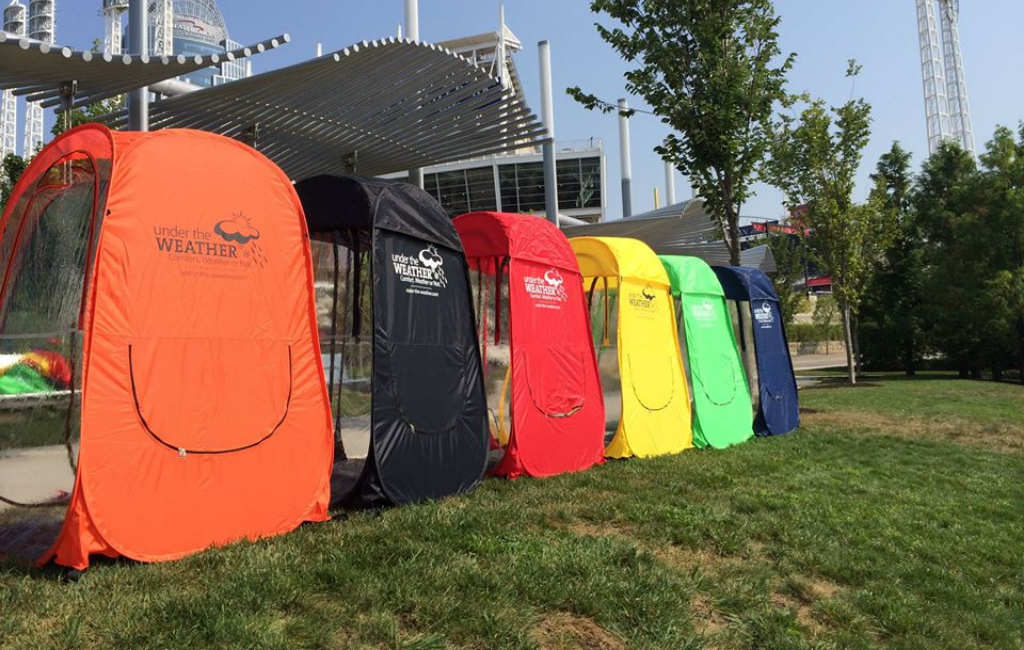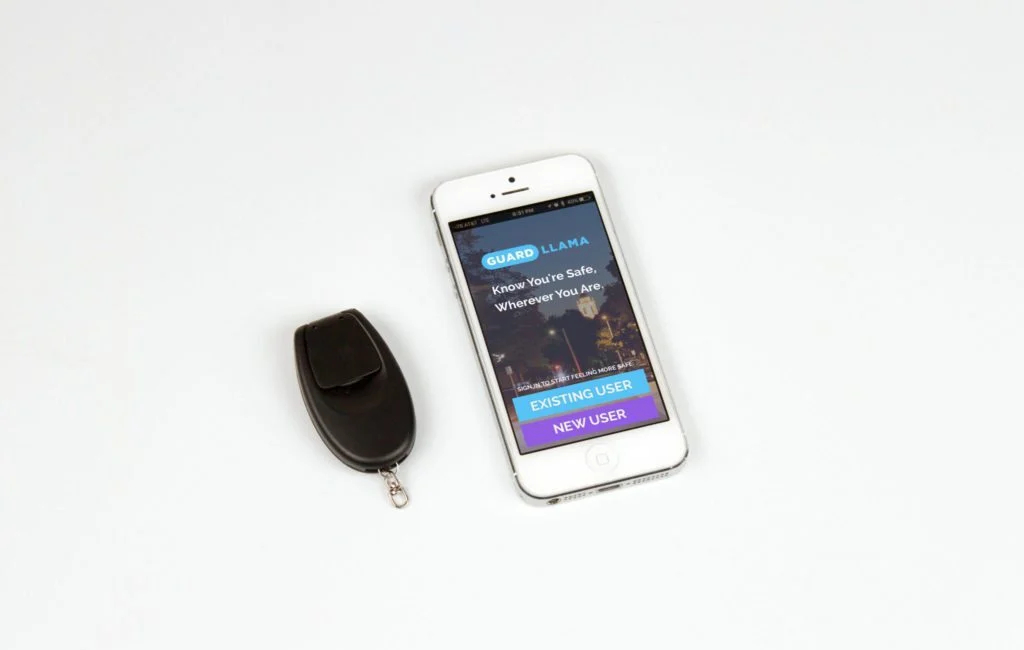Flag – Free Photo Printing
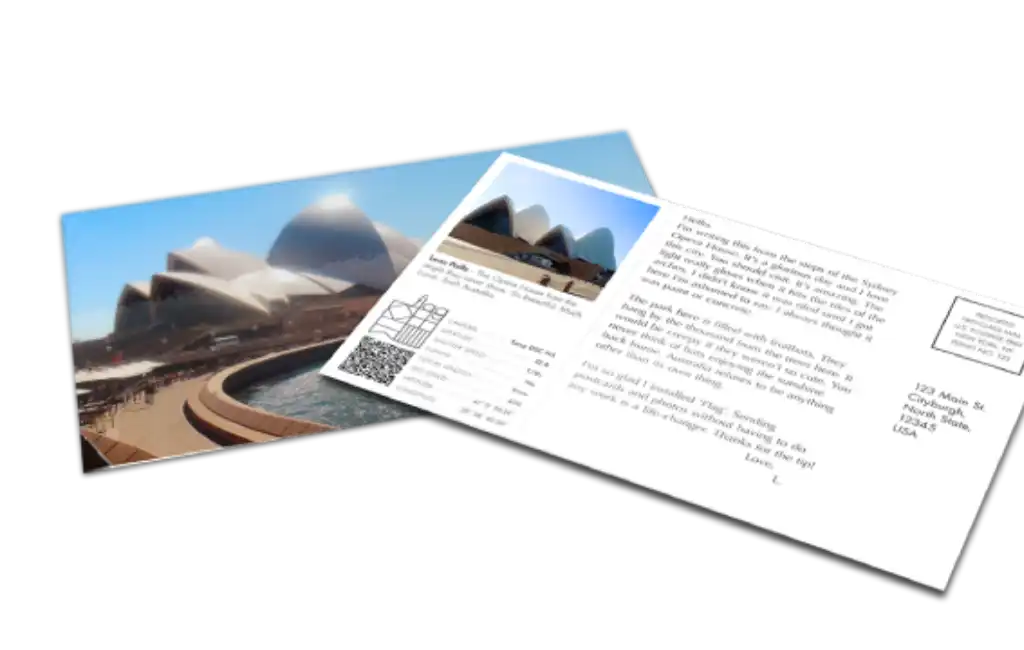
NO DEAL
EPISODE SUMMARY
🕓 Air Date: April 14, 2017
Asking For:
$375,000 for 5%
Investor:
No Deal
Deal:
No Deal
PRODUCT SUMMARY
Flag is a photo-printing app that offers free prints using targeted ads on the back of photographs.
WATCH HERE
IN A RUSH?
Click these to jump to the section you want to read.
Background Story
Sam and Savannah, the founders of Flag, hail from an undisclosed location. Their journey into the world of photo printing began with a shared realization of the growing number of photos taken annually, tripled since 2010 and projected to reach 1.3 trillion by 2017. Recognizing the challenge of these cherished moments remaining confined to digital devices, the duo embarked on a mission to bring these memories to life. Sam and Savannah, both passionate about capturing life’s moments, found inspiration in the sheer volume of photos taken on mobile phones.
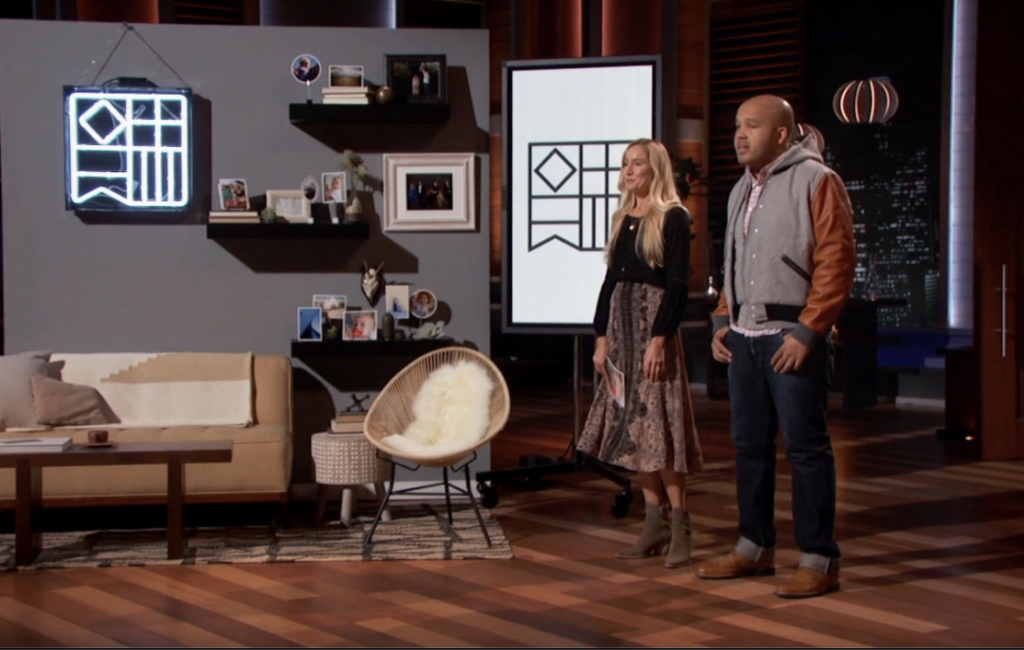
Fueled by the desire to liberate these memories from the confines of electronic devices, they conceptualized Flag, the world’s first truly free photo-printing app. Their vision was to create a platform that not only provided a cost-free way of printing photos but also offered a unique solution for advertisers to connect with users on a personal level. The founders leverage their combined expertise to address a gap in the market. Sam brings technological insight, emphasizing the distinct technological stack required for double-sided prints, achieved through laser-cutting technology. This approach allows Flag to offer custom shapes and finishes, setting them apart from traditional photo-printing companies.

The idea behind Flag is rooted in innovation, utilizing the untapped space on the back of photographs for targeted ads. By transforming what has been wasted for over a century into a canvas for advertisers, Flag offers users not only free photo prints but also an opportunity to make lasting connections with brands. Sam and Savannah’s background experiences, coupled with their shared passion for capturing and preserving memories, drove the creation of Flag, positioning it as a disruptive player in the photo-printing industry.
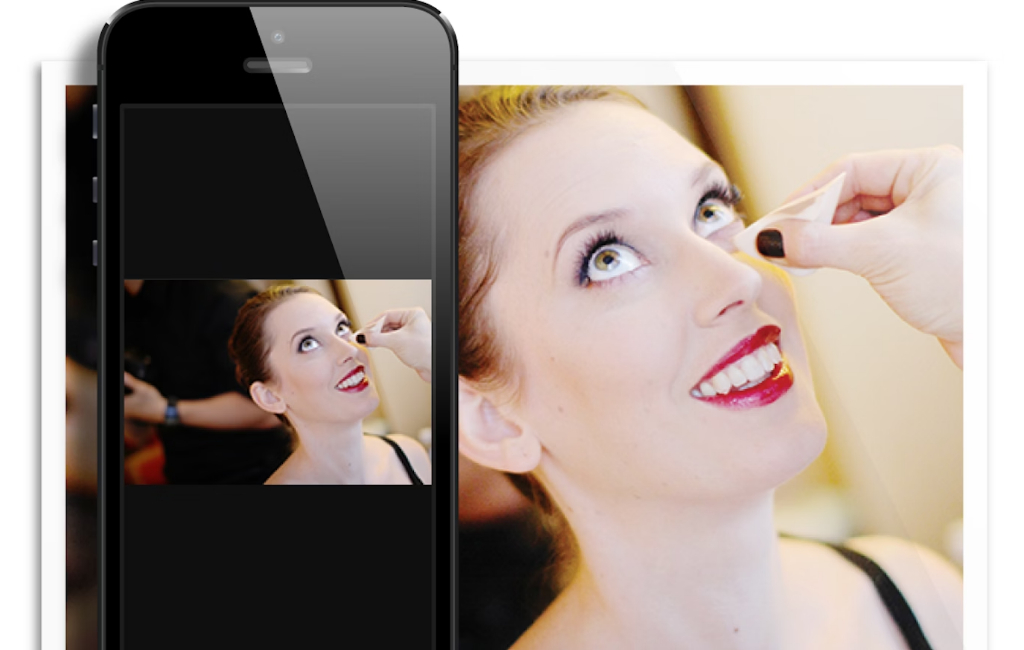
The Product
Flag, the innovative photo-printing app, redefines the traditional model by offering users a seamless and cost-free way to bring their digital memories into the physical realm. The process is straightforward: users download the Flag app, select the photos they want to print, and choose custom frames from a user-friendly interface.
What sets Flag apart is its utilization of the often-neglected space on the back of photographs. Through laser-cutting technology, Flag is able to create prints with unique shapes and finishes, a feature not commonly found in conventional photo-printing services. The app enables users to add a personalized touch to their memories, turning each print into a work of art.
The key benefit of Flag lies in its freemium model – users enjoy free photo prints without incurring printing charges, shipping fees, or the need for a subscription. The innovative approach to generating revenue involves placing targeted advertisements on the back of the prints. Advertisers, including major brands like Visa, pay for this ad space, allowing users to receive high-quality prints at no cost.
Flag’s prints are not only a visual delight but also serve as a unique medium for advertisers to connect with consumers. The prints, featuring ads, become lasting mementos that users are likely to keep and display, ensuring a prolonged exposure to the advertising content. Users can expect a personalized and cost-free photo-printing experience with Flag, making it a disruptive player in the market.

How It Went
The company’s position before Shark Tank
Flag, in its three months of existence, has showcased promising performance with a unique business model. The company’s health appears robust, having successfully sent out 80,000 to 100,000 prints each month, demonstrating a rapid adoption of its services. The strategic partnership with major brands, such as Visa, reflects a strong position in the market and validates the appeal of Flag’s advertising model. While the founders revealed that they have raised a substantial $1.6 million in funding, the current funding structure involves an ongoing round aiming to secure an additional $3 million.

This funding is crucial for Flag’s plans to insource production, reducing costs and potentially increasing profit margins. However, it also raises questions about the company’s capital allocation strategy and the necessity of seeking additional funds. Flag’s customers appear to be diverse, ranging from individuals capturing personal memories to advertisers like Visa looking to leverage the innovative advertising space on the back of prints. The company’s unique selling proposition lies in its freemium model, offering users free prints while advertisers foot the bill for the service. The current company structure involves outsourcing production, contributing to higher costs.

The founders expressed a need to insource production, likely aiming for more control over the printing process and cost efficiencies. This move aligns with the company’s goal to bring down the cost per pack when insourcing, anticipating a 20-cent ad cost. While the founders have showcased a vision for Flag’s future, including plans to insource production and a unique freemium model, the concerns raised during the “Shark Tank” episode about disclosure and cash burn could impact the company’s trajectory. As Flag navigates the competitive market, it will be essential for the company to address these concerns, build on its successes, and prove the sustainability of its disruptive photo-printing model.
The Negotiations:
The negotiations for Flag in the “Shark Tank” episode took an unexpected turn, revealing crucial information that impacted the Sharks’ decision-making. Sam and Savannah initially sought $375,000 for a 5% stake in their company. However, no deal was made as the Sharks delved deeper into the details. The founders disclosed an ongoing fundraising round seeking an additional $3 million, catching the Sharks off guard. This revelation raised concerns about transparency and led Kevin O’Leary to opt out, expressing worry about the lack of upfront disclosure. Other Sharks echoed this sentiment, citing the importance of openness in investment pitches.

The negotiation highlighted a discrepancy between the amount already raised ($1.6 million) and the current ask. Lori Greiner questioned why Flag needed to seek additional funding when they already had significant capital. The founders explained that the additional funds were earmarked for insourcing production, aiming to bring down costs and improve operational efficiency. However, the manner in which this information was presented raised skepticism among the Sharks.

Ultimately, all Sharks chose not to invest in Flag. Reasons cited included concerns about the complexity of the business model, doubts about the effectiveness of the advertising strategy, and worries about significant cash burn. The negotiations underscored the importance of clear communication and transparency in securing investment, and the Sharks opted to pass on Flag, expressing skepticism about its viability in a competitive market.






